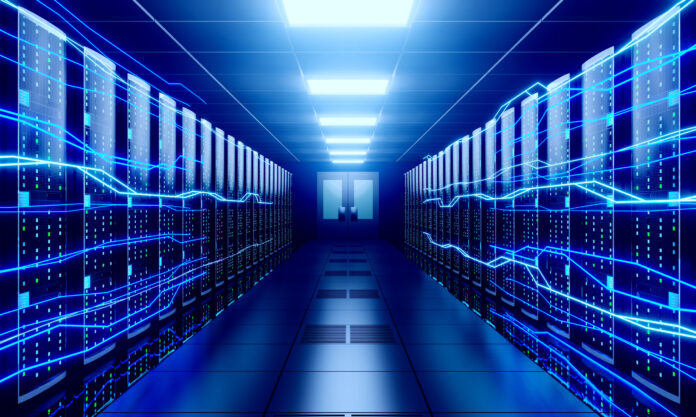To protect AI data centers from cyber threats, physical intrusions and operational failures, organizations must implement strong security measures
As artificial intelligence (AI) adoption continues to grow, the security of AI data centers has become a key priority. These facilities house powerful computing infrastructure, process massive datasets and support mission-critical applications. To protect AI data centers from cyber threats, physical intrusions and operational failures, organizations must implement strong security measures.
Here are the five most important things to know about securing AI data centers.
1. Physical security
AI data centers require robust physical security in order to prevent unauthorized access, theft or sabotage activities. Some key measures organizations need to adopt in this area include:
-Restricted access: Only authorized personnel should have access to sensitive areas in these facilities. Biometric authentication, key cards, and multi-factor authentication (MFA) can help to avoid the entry of unauthorized people.
-Surveillance systems: High-definition cameras, motion sensors as well as 24/7 monitoring ensure real-time detection of suspicious activities.
-Security personnel: Trained security teams should be present to handle potential threats and emergencies.
-Perimeter security: Fencing, barriers and access control gates help prevent unauthorized entry.
2. Cybersecurity threats
AI data centers are prime targets for cyberattacks due to the high value of stored data and computing power. Due to this, organizations must implement comprehensive cybersecurity strategies, including:
-Network segmentation: Separating AI workloads from general IT infrastructure reduces the risk of lateral movement by attackers.
-Endpoint protection: AI workloads often run on specialized hardware (e.g., GPUs). Protecting these endpoints with advanced security solutions is critical.
-Zero-trust architecture: In this sense, organizations need to assume no user or device is trustworthy by default. They need to require continuous authentication and access validation.
-Regular patching and updates: Keeping software, firmware and operating systems up to date prevents vulnerabilities from being exploited.
3. Data protection is critical
AI models and datasets are valuable assets that require strong data protection measures. Organizations must ensure that data is secure at rest, in transit, and in use:
Organizations need to encrypt data at all stages, as this ensures that even if unauthorized access occurs, the data remains unreadable. Also, implementing role-based access control (RBAC) ensures that only authorized personnel can access specific datasets.
Organizations also need to adopt data masking and tokenization. These techniques help protect sensitive information while allowing AI models to operate on anonymized data. Also, the implementation of regular backups protect against data loss due to cyberattacks, hardware failures or natural disasters.
4. AI-specific security challenges must be addressed
AI data centers face unique security risks that require specialized solutions, including:
-Adversarial attacks: Malicious actors can manipulate AI models by introducing biased or misleading data. Implementing adversarial training techniques can help mitigate these risks.
-Model theft and intellectual property protection: Secure model storage, encryption and controlled access prevent unauthorized copying or theft of AI models.
-Supply chain security: AI hardware components should come from trusted sources to avoid compromised firmware or malicious implants.
-Regulatory compliance: AI data centers must comply with industry standards and government regulations, such as GDPR, CCPA, and NIST guidelines.
5. Disaster recovery and business continuity are essential
AI data centers must be prepared for natural disasters, cyber incidents and unexpected failures. A strong disaster recovery plan ensures minimal downtime and data loss:
In this area, organizations need to implement redundant power, cooling and networking infrastructure, preventing single points of failure.
-Geographically distributed data centers: Spreading AI workloads across multiple locations increases resilience.
-Incident response plan: A clear strategy for detecting, responding to and recovering from security incidents minimizes damage.
Conclusion
Securing AI data centers requires a multi-layered approach that includes several categories such as physical security, cybersecurity, data protection, AI-specific risk management and disaster recovery planning. By implementing these best practices, organizations can safeguard their AI infrastructure and maintain operational integrity.
For more on securing AI data centers, check out our latest Analyst Angle.

